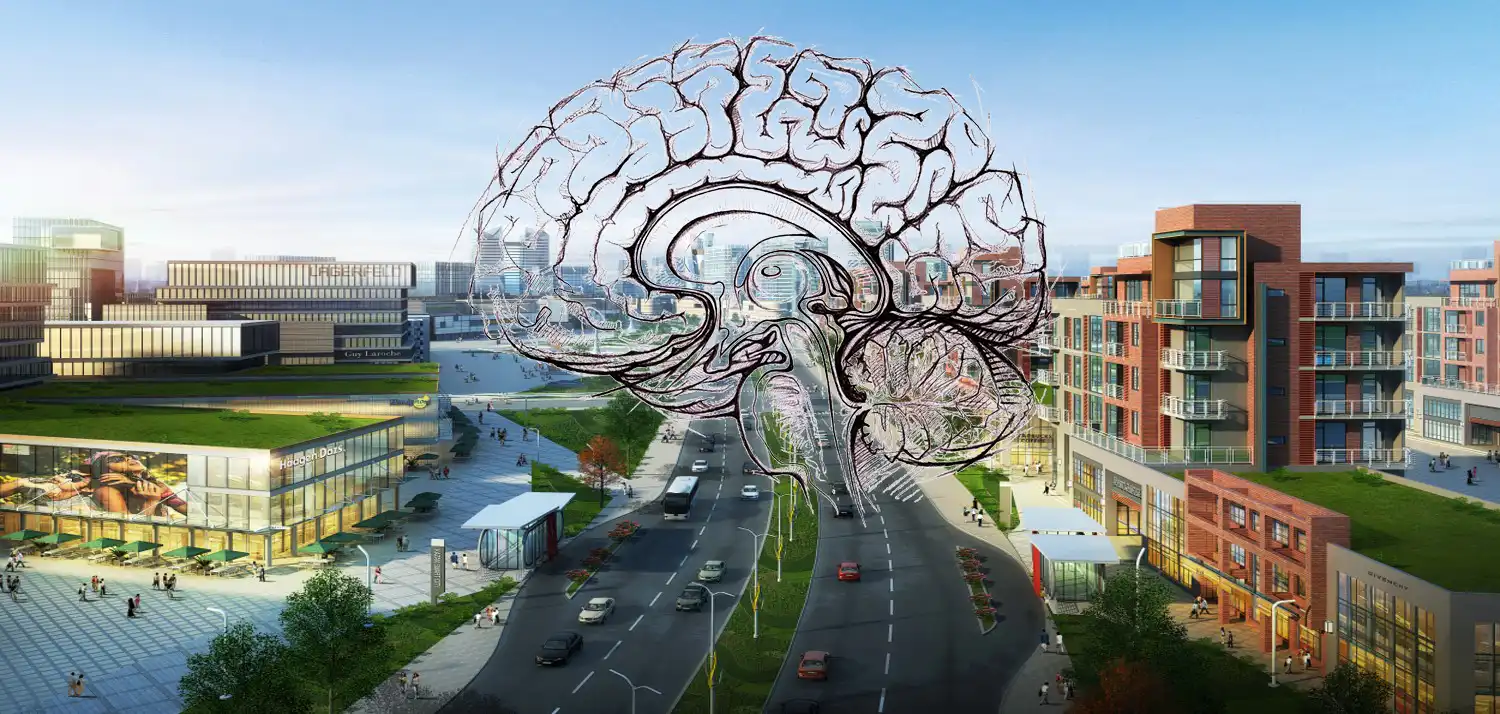
Imagine stepping into a building that doesn't just house you, but truly understands and nurtures you. A space that adapts to your mood, boosts your creativity, and eases your stress. This isn't science fiction; it's the profound commitment of Neuroarchitecture.
The 21st century is about change and shifting paradigms, where mental health is as important as physical comfort, and a new design philosophy is evolving, merging architecture with neuroscience. It's widely known as neuroarchitecture, shaping the conscious and human-centric designed spaces. Blending parametric architecture and futuristic cutting-edge technology, neuroarchitecture will transform how spaces are formed, experienced, and adapted for human needs.
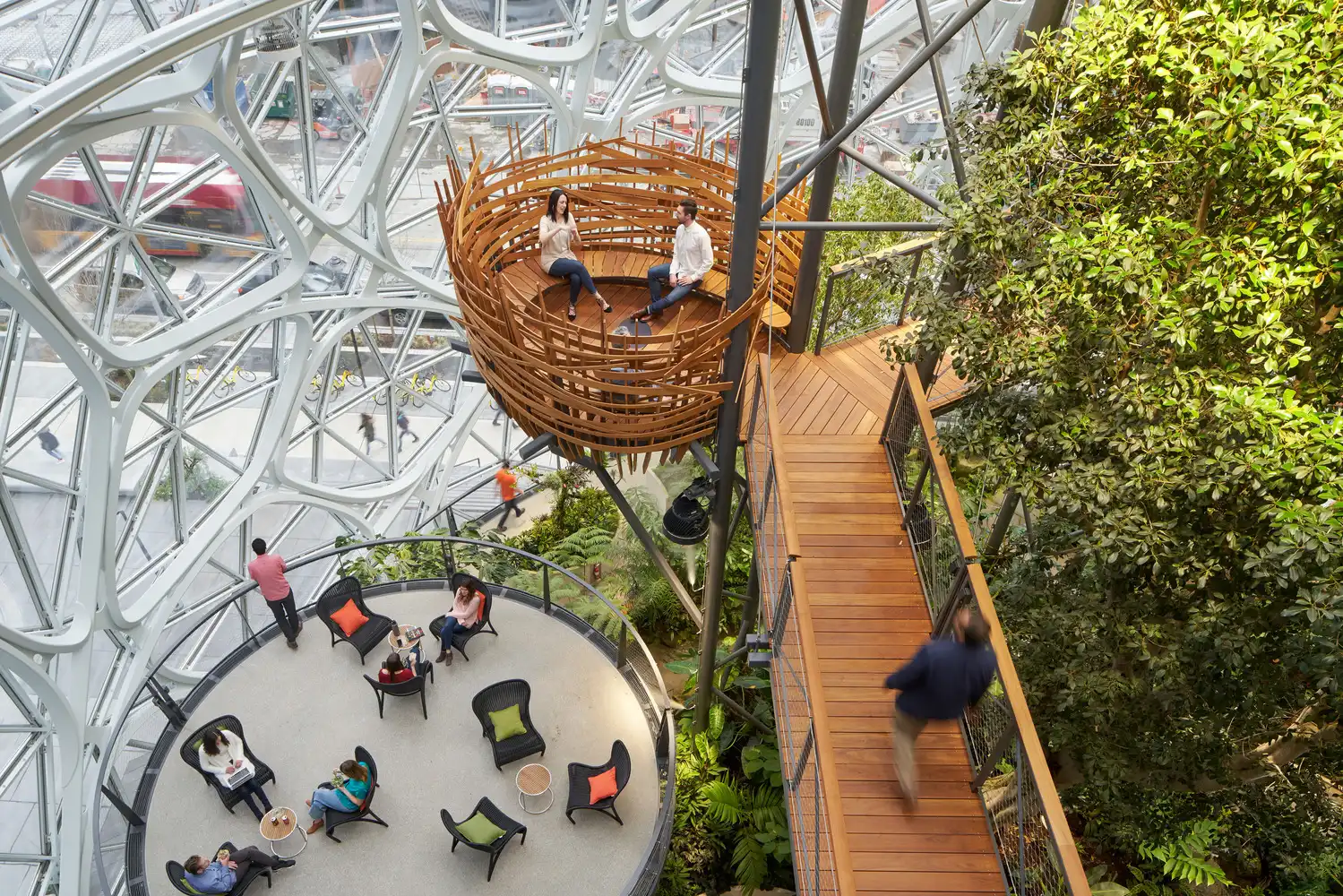
Neuroarchitecture is an interdisciplinary emerging field that merges the findings of neuroscience with the art of designing spaces that nurture mind and body. The domain of neuroarchitecture aligns brain science, digital tools, and cutting-edge innovations to create environments that enhance human well-being.
By understanding the underlying features of how people respond to light, colour, space, and material, Architects can build spaces that reduce stress, improve productivity, and boost daily experiences. This conscious approach of design blends human creativity and biology into the core of design thinking, shifting the focus from aesthetics to emotional resonance and behavioral impact.
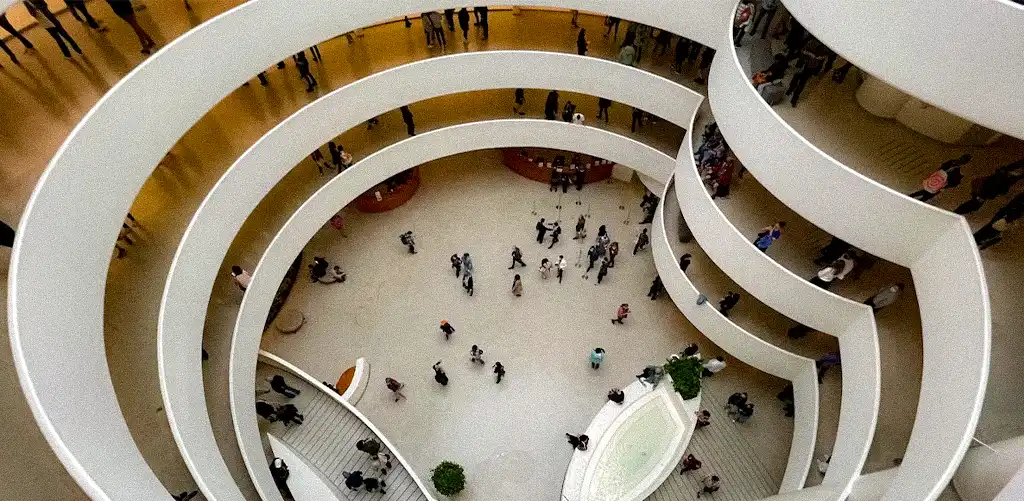
The built environment impacts our well-being, productivity, and emotional state. Spending time indoors deeply affects our brains, and it is important to comprehend the mechanism of human experience at a neurological level. To develop practical and functional solutions, architects are turning to parametric design - a computational method that uses algorithms and data to formulate specifications of structure. Based on findings and digital parameters, it enables real-time modeling. Integrating data-driven design with human-centric principles, parametric tools let designers craft highly responsive, emotionally intelligent spaces.
Adaptive Spaces: Fostering relaxation, focus, or interactions, smart technology adjusts light, colour, and temperature based on user needs.
Biomimicry: At the core of neurarchitecture, parametric tools enable the addition of flora based on form, smell, and the nature of the space, which aids in analyzing biophilic design principles. Integrating nature into the space has been shown to lower stress and improve the mental well-being of users. Connecting inside and outside spaces supports mental clarity, calmness, and balance.
Individuality: Personalized needs and preferences can be added to parametric models, generating a user-centric, unique space that caters to sensory sensitivities, promoting inclusivity and comfort for everyone.
Optimized Flow and Navigation: Parametric algorithms help to analyse patterns and movement within the structure, promoting a sense of safety and ease.
Holistic Urban Planning: Considering the well-being of the users, smart cities should incorporate restorative green spaces to promote social interaction.
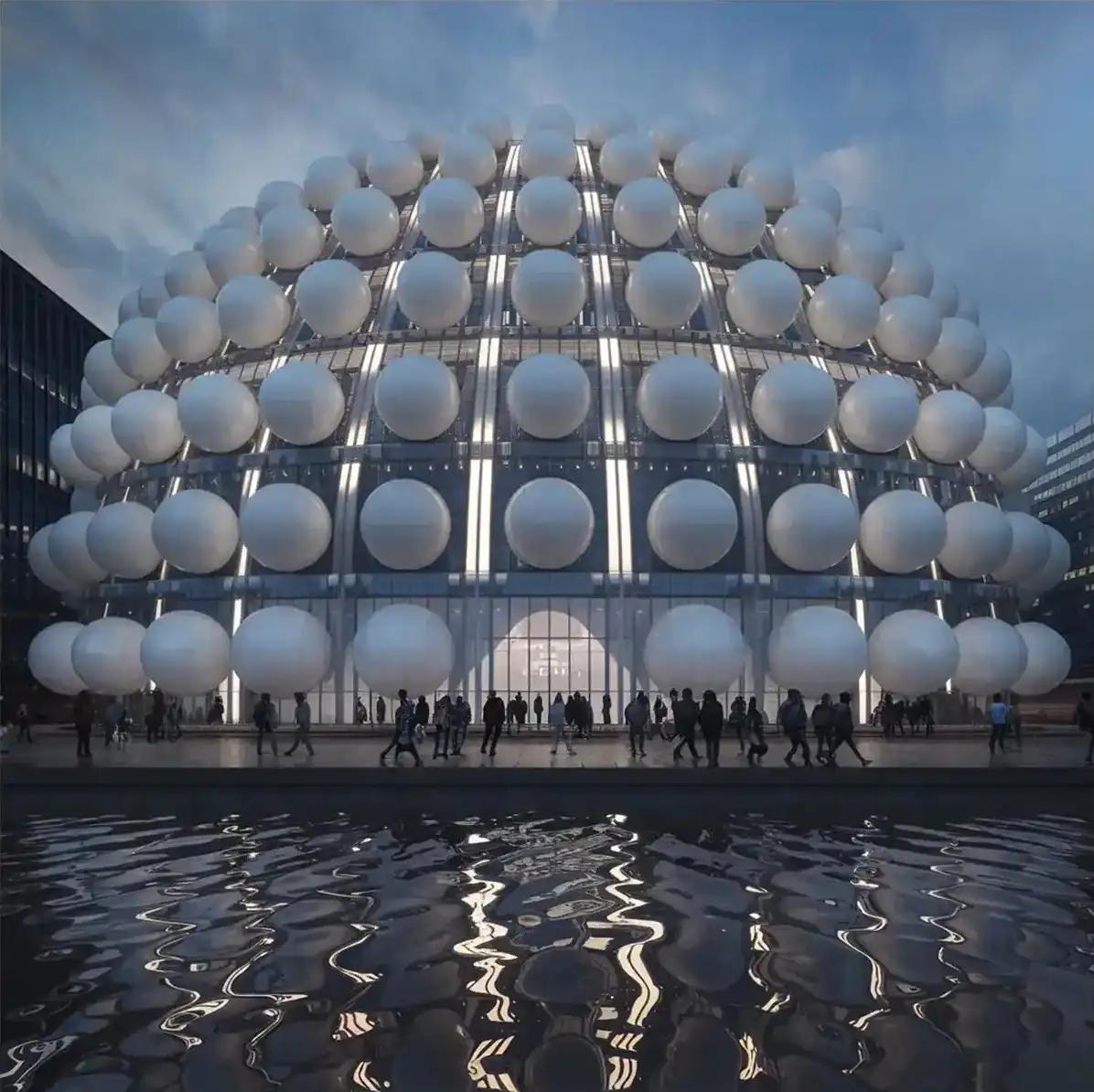
Artificial Intelligence redefines design thinking, enabling architects to integrate cutting-edge tools and gather data to create a personalised, customised experience. This machine learning algorithm can help detect users' preferences and patterns within the space, and the resulting data informs the design of spaces that promote emotional well-being. In the context of neuroarchitecture, AI could be used to study how different spatial configurations affect brain activity, mood, and productivity. An excellent example of this futuristic approach is the Neural Architecture – AI-Powered Form Building workshop by PAACADEMY.
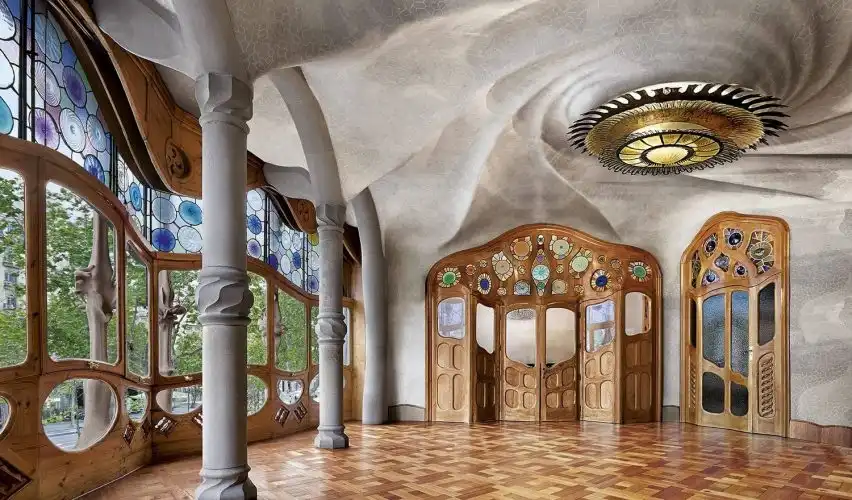
The future of neuroarchitecture delves into advanced technology and mind-boggling concepts, redefining the way of thinking and the ability to frame complexity. For neuroarchitectural design, parametric design tools offer a way to generate complex designs with their algorithmic thinking and designing non-linear forms. Based on studies, the scientific team has found that architectural elements such as a curved wall might evoke a sense of calm, and that natural light improves cognitive function and reduces stress.
To design living structures, neurarchitectures, when merged with futurist architecture, will create ecosystems that blend smart technologies, AI-driven innovations, augmented reality (AR), and sensor-based systems into the architectural structure. For example, facades respond to user preferences and change colour or transparency, tracking occupant behaviour, and the smart technology can adjust to provide comfort. Incoprting all senses, the future of design is beyond visual, providing subtle, scientifically curated scents, nuanced soundscapes, and varied tactile experiences, all designed to elicit specific positive emotional and cognitive responses.

This evolving field is not just theatrical, but it's implemented in healthcare design, institutions, workspaces, etc, where neuroarchitecture helps create environments that heal, inspire, and elevate. To support patients' recovery, user-centric findings help to create a calming environment in the health care designs while fostering creativity and collaboration, and educational institutes illustrate cognitive performance.
Fostering functional, flexible, and user-centric spaces, neuroarchitecture provides a way to build smarter and healthier. As cities continue to grow and human needs evolve, the built form of tomorrow won't just house people, but it’ll understand them. By combining the science of the brain with the power of parametric tools and futuristic technologies, neuroarchitecture delivers environments that are emotionally attuned and deeply engaging.
Conceptualized on the principles that neuroarchitecture is not just about building, but it's about people and their relation to space. By logically understanding the mechanics of the brain, designers can transcend conventional design strategies that no longer serve to craft human-centric design. Soon, the spaces will support mental health, be responsive to emotional resilience, boost productivity and creativity, and encourage healing processes based on individual needs.
Projects like Galaxy SOHO (Beijing), Louvre Abu Dhabi, and Chhatrapati Shivaji International Airport T2 (Mumbai) showcase smooth, continuous forms, solar-optimised facades, coffered regional patterns, and accelerated construction made possible by parametric modeling.
Technologies integrate EEG-based brain–computer interfaces with parametric platforms Grasshopper, allowing designers to generate complex geometries directly from cognitive imagery, a fusion of neurofeedback and computational modeling.
Research on liquid crystal elastomer sensors and smart materials points to an architecture that responds autonomously to environmental shifts, enabling passive ventilation, solar tracking, and structural alerts without powered systems .
You must be logged in to comment.